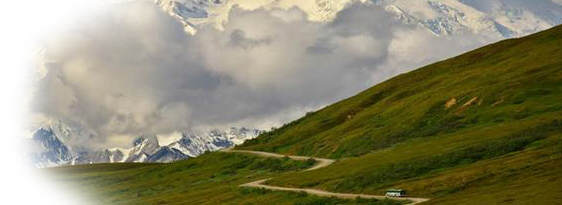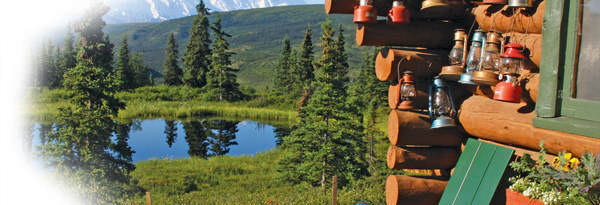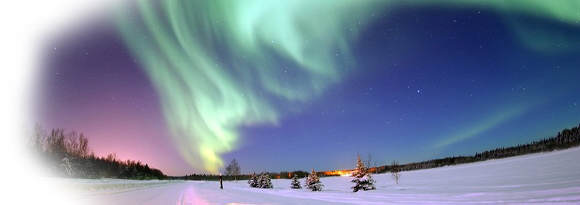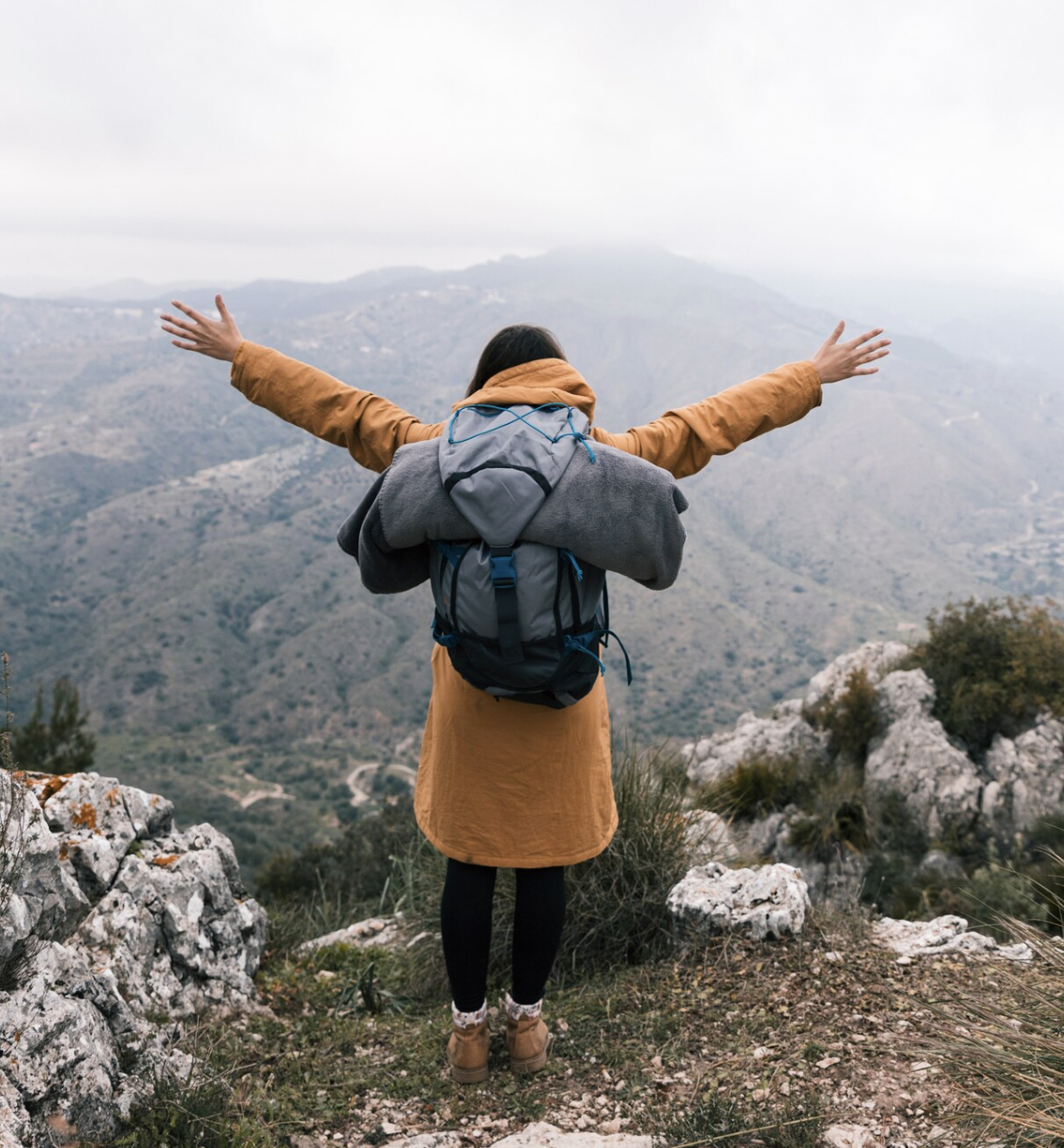
By Laura Nguyen
Immerse yourself in the unparalleled beauty of Alaska during summer, where vibrant landscapes, abundant wildlife, and endless daylight create a truly unforgettable experience.
Best time to travel to Alaska! When to plan your vacation
Friday 13 June 2025
Alaska's wild beauty is alluring year-round, but summertime visitors can experience exciting wildlife sightings, including those of bears and humpback whales.
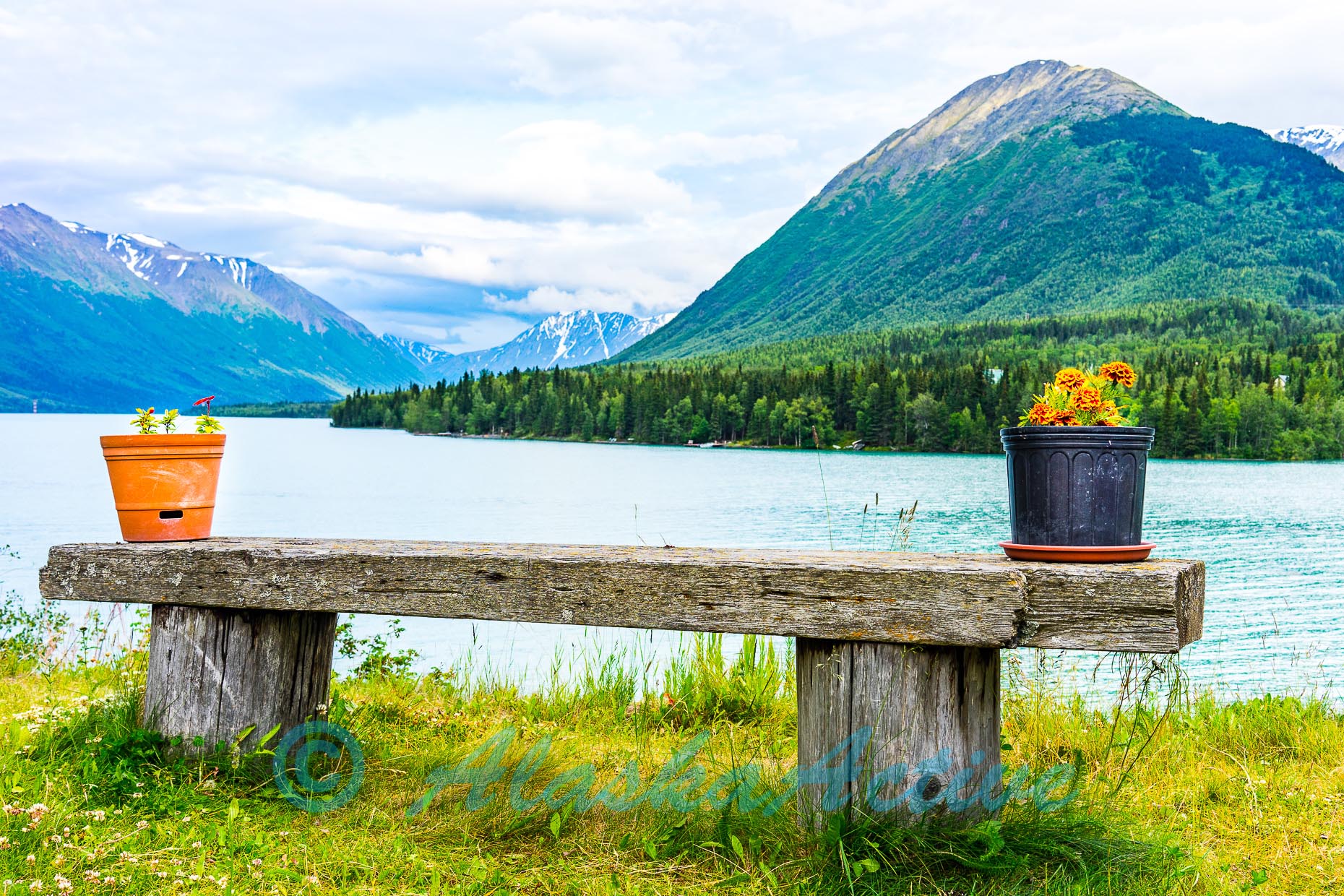
When is the best time to visit Alaska?
Though Alaska is located much North but that does not mean that there is no T-Shirt weather! After traveling enough throughout the year, here is our take on the seasons in Alaska and what to expect when around the year.
The typical summer season, is very well recommended time to travel. Given the school breaks and the comfortable weather, many people pick up this period to travel to Alaska. Typically the months of the June, July and August can be put in this category. There are lots of hiking and fishing possibilities as well as best time for bear observation !
Though bear watching is great, even more 'awesomer' is Northern Lights viewing! As you know by now, to view you need few things to come together at the same time like clear climate, dark skies and our dear sun's mood bursts! But when it happens, it is like watching a great game! Don't be too concerned that all this sounds like a rare phenomenon but in reality many people witness this. Google the web to see all those great pictures people have captured. I personally have seen Northern Lights in Anchorage in September! Depending on which part of Alaska you are visiting you can see them till March
Talking about March, another activity that gets more traction in March is Iditarod Sled Dog Race. You have to be there to feel the energy of it. There is an entire blog written on Iditarod Race on our site. Feel free to click on it to read the real side of the sled dog race.
Alaska offers one or other activity to do during all seasons! But the real gem, the pristine nature in Alaska is there throughout the year. Be it fall colors or powder white calm snow valleys in winter or the serene National parks, it is all there all the time just to connect us back to nature!
Encompassing the weather with a single generalization in a state as big as Alaska is a tall order - except to note that even in the summer it can be volatile, and you should always be prepared for changes. That said, a few broad comments about the climate ban be useful.
During the mid-May to late September cruising season, travelers typically enjoy mild temperatures, with highs ranging from about 50 to 65°F (10-18°C), except on the Alaska Peninsula and in the Aleutians, where highs hover in the 40s. Alaska offers one or other activity to do during all seasons! But the real gem, the pristine nature rainfall varies dramatically, with Anchorage and northern Inside Passage ports receiving only 1-3 inches of precipitation a month during the summer, while southern Inside Passage and Prince William Sound ports get more like 7-10 inches per month in June, July, August, and as much as 20 inches in September. Whatever the amounts, there is a monthly pattern for rainfall in most areas: less during May, June and July; a bit more in August and in September.
Key months of travel:
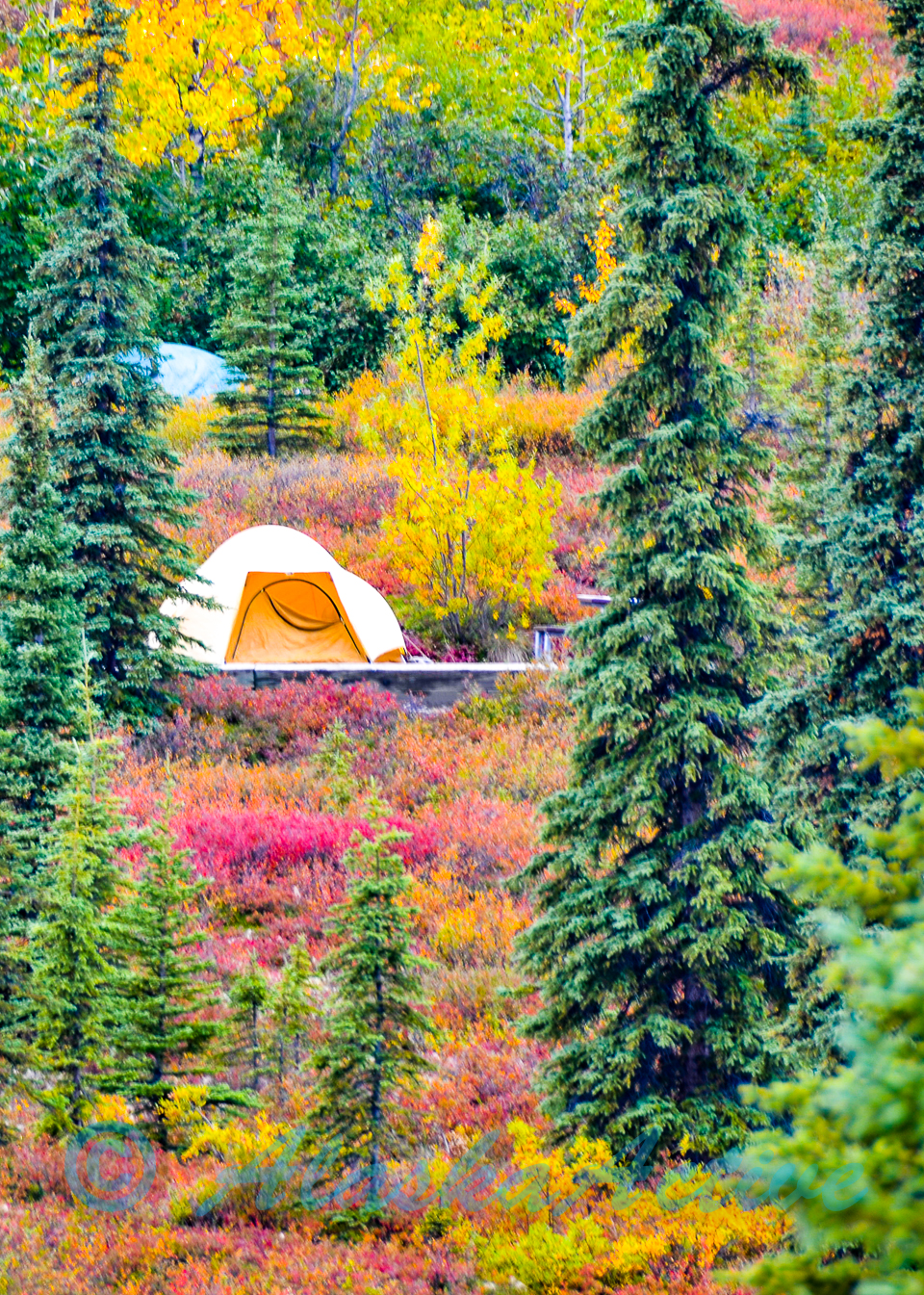
Camping near Wonder Lake at Denali Park !
May: Spring flowers are starting to bloom as the snow is melting. Along with humpback whales and orcas, you might see harbour seals and grey whales. In the shoulder season, the ports are still delightfully quiet, and the weather is frequently pleasant. With an average rainfall of just three inches, May is the driest month in Alaska. When national parks reopen for hiking and wildlife viewing, there is a decent chance of seeing bears and moose because the trees aren't yet fully in leaf. With 16 hours of daylight and daytime highs of 55F, May is one of the best months to pick up your rental car in Anchorage and explore Alaska, even though it will still be cool. Check out our Alaska driving tour itineraries. An added bonus: prices are lower in May!
June: With 18 hours of daylight, and even more if you venture farther north, the days are long and brilliant. With all the parks and hiking routes open and the absence of snow making higher-altitude climbs possible, the Alaskan tourism season is beginning to pick up steam. A wider choice of activities, such as "flightseeing," floatplane tours, and glacier trekking, are available in general with better weather. Animals are taking care of their young, so you might see seal calves, bear cubs, young goats, and moose. Beluga whales show up to graze. The Alaska Railroad Tours offers daily departures on trains from Anchorage to Seward, Denali National Park and Fairbanks. Glacier Bay has opened its doors and the day cruise into Glacier Bay National Park is in full swing. Early June is before the start of the American school year, so the ports are not too busy. This is the ideal time of year to travel with daytime highs of up to 63F. Don't miss out Solstice festivals in Alaska.
July: With daily highs of 65F and 18 hours of daylight, July is the warmest month. It also has more rain than June, with an average of 4.6 inches. In areas like Ketchikan, where a thick river of silvery fish fights its way upstream, the salmon are spawning, which is a spectacular sight. Bears are attracted to the riverbanks to feast on the plentiful food sources. July is the best time to spot the highest concentration of brown bears catching red salmon at Brooks Falls in Katmai National Park. You'll see sea otters in groups and humpback whales. This is a great time for families to travel to Alaska, and things get busier as schools break up.
August: The Alaskan summer is short, in August it is already getting colder and rainier. The range of temperatures is 50 to 63F. At the end of the month, when the leaves begin to change crimson and orange, the spectacular colors of autumn foliage will be visible. The fall color is especially beautiful in Denali National Park and around the Arctic Circle, north of Fairbanks. There are still roughly 16 hours of sunshine left, and all the wildlife is out and about. Bears are filling up on the last of the salmon to prepare for the next winter. Due to the abundance of halibut, salmon, and rainbow trout, August is a wonderful month for fishing trips. Mountain trails and passes are snow-free in August.
September: By September, autumn has fully arrived, the forests are blazing with color, the first snowfall has dusted the mountains. Central Alaska still receives more than eight inches of rain. Even though there are still about 15 hours of sunshine left, the weather is becoming chilly, with daytime highs of about 57F. As winter approaches, tourists enjoy lower prices and less crowd. One of the best reasons to visit Alaska in September is to see the aurora borealis. Only in the extreme northern hemisphere can one see the amazing natural phenomenon known as the aurora borealis, or "Northern Lights". Check out our popular Northern Lights & Railroad Tours.
Winter (October - April): - Bundle up, it's cold ! Alaska becomes an extremely frigid (and beautiful) place in the winter, covered in snow and ice. Dress warmly if you intend to visit Alaska during the winter. You'll be exposed to subfreezing conditions, so dress warmly with jackets and heavy clothing and a face mask or scarf to keep the cold off your face. If you don't mind the cold, go skiing, see the Northern Lights Alaska , or participate in an unusual winter activity like reindeer trekking or dog sledding in Alaska during the winter. Make it a perfect Winter Adventure and combine the Iditarod Sled Dog Race, Northern Lights Viewing and a scenic ride on board the Alaska Railroad !




